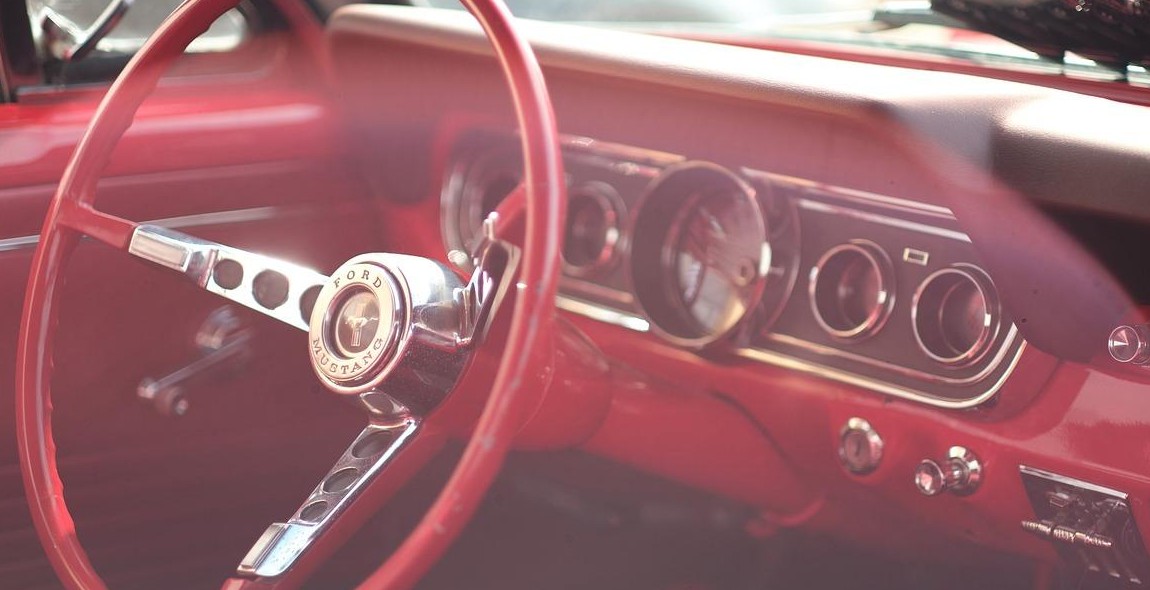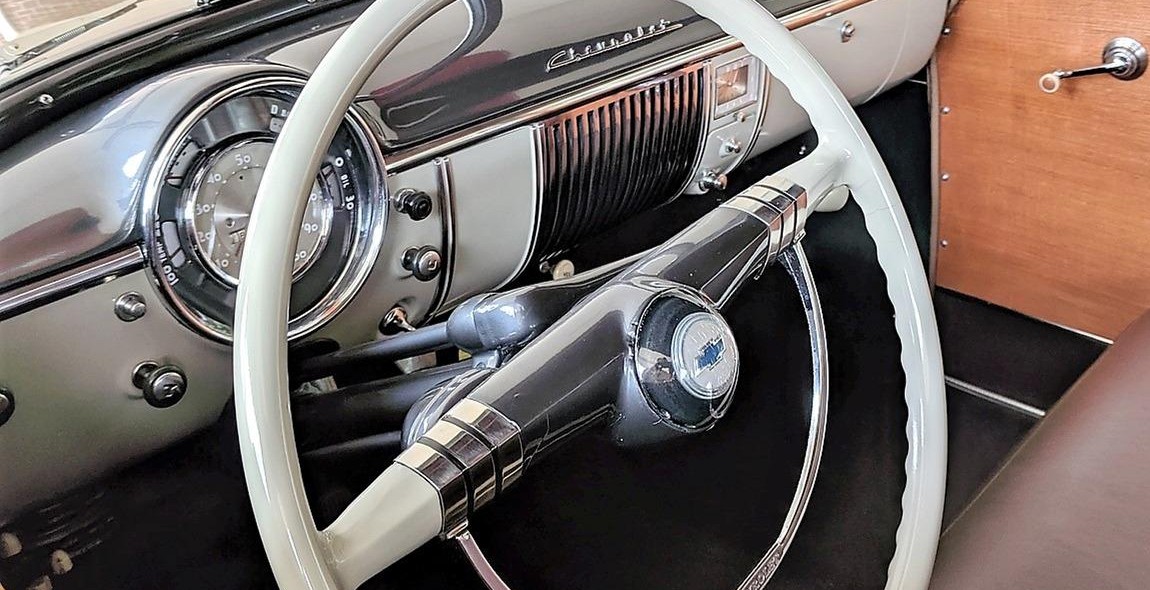Introduction
Oldtimer cars are a prized possession for many car enthusiasts. These vintage vehicles are not only a symbol of a bygone era but also serve as a testimony to the ingenuity and craftsmanship of the past. However, restoring and preserving the leather upholstery of an oldtimer car can be a daunting task, especially if you are not familiar with the right techniques and products to use.
Leather upholstery is a common feature in most oldtimer cars, and it requires special care and attention to maintain its beauty and functionality. Leather is a natural material that is susceptible to wear and tear, fading, cracking, and discoloration over time. Therefore, it is essential to take proper care of your leather upholstery to ensure that it lasts for many years to come.
The Importance of Restoring and Preserving Leather Upholstery
Restoring and preserving leather upholstery in an oldtimer car is not just about maintaining its appearance but also about preserving its value. Leather upholstery is a significant component of a vintage car’s interior, and its condition can significantly impact the car’s overall value. A well-maintained leather interior can add thousands of dollars to the value of an oldtimer car.
In this article, we will provide you with some tips and tricks to help you restore and preserve the leather upholstery of your oldtimer car. We will cover everything from cleaning and conditioning to repairing and protecting your leather upholstery. By following these tips, you can keep your oldtimer car’s leather upholstery looking beautiful and functional for many years to come.

Why is it Important to Restore and Preserve Leather Upholstery in an Oldtimer Car?
Oldtimer cars are known for their classic and timeless beauty. One of the most important features of an oldtimer car is its leather upholstery. Leather is a durable and long-lasting material, but it can still deteriorate over time if not properly cared for. To maintain the value and beauty of an oldtimer car, it is essential to restore and preserve the leather upholstery.
Preserving the Originality
Oldtimer cars are unique and valuable because of their originality. The leather upholstery is a significant part of the originality of an oldtimer car. Restoring and preserving the leather upholstery will help maintain the originality of the car. It will also add to the value of the car, making it more desirable to collectors and enthusiasts.
Protecting the Leather from Damage
Leather upholstery in an oldtimer car is susceptible to damage from various sources. Exposure to sunlight, heat, and moisture can cause the leather to crack and fade. Dirt and grime can also accumulate on the surface of the leather, causing it to wear out quickly. Restoring and preserving the leather upholstery will protect it from damage caused by these factors.
Enhancing the Aesthetics
The leather upholstery is one of the most prominent features of an oldtimer car’s interior. It adds to the aesthetics and gives the car a classic and luxurious look. Restoring and preserving the leather upholstery will enhance the aesthetics of the car’s interior. It will also make the car more comfortable to ride in, as well-maintained leather is soft and supple.
Increasing the Longevity of the Leather
Leather is a durable material that can last for many years if properly cared for. Restoring and preserving the leather upholstery will increase its longevity. This means that the leather will look and feel new for longer, and it will not need to be replaced as frequently. This will save the owner money in the long run.
Improving Safety
Restoring and preserving the leather upholstery in an oldtimer car can also improve safety. Leather seats that are cracked or worn out can be uncomfortable to sit on, and they can also be hazardous. Sharp edges and protruding parts can cause injuries to passengers. Restoring and preserving the leather upholstery will eliminate these hazards and make the car safer to ride in.
Conclusion
Restoring and preserving the leather upholstery in an oldtimer car is essential for maintaining its beauty, value, and safety. It is a simple and cost-effective way to enhance the aesthetics, protect the leather from damage, and increase its longevity. By taking care of the leather upholstery, oldtimer car owners can ensure that their cars remain in excellent condition for many years to come.
Steps to Restore and Preserve Leather Upholstery
The leather upholstery of an oldtimer car requires proper care and maintenance to keep it looking its best. Here are the steps to restore and preserve the leather upholstery of your car.
Step 1: Clean the Leather Upholstery
Before you begin restoring and preserving the leather upholstery, you need to clean it thoroughly. Use a soft-bristled brush or a microfiber cloth to remove any dust, dirt, or debris. You can also use a leather cleaner to remove any stains or marks on the leather.
It is important to note that you should avoid using harsh chemicals or abrasive materials that can damage the leather. Always use a cleaner that is specifically designed for leather upholstery.
Step 2: Identify the Type of Leather
There are different types of leather used in car upholstery, and each type requires a specific type of care. You can identify the type of leather by checking the owner’s manual or by consulting a professional.
Some common types of leather used in car upholstery include aniline leather, semi-aniline leather, and pigmented leather. Aniline leather is the most delicate and requires the most care, while pigmented leather is the most durable and easiest to maintain.
Step 3: Condition the Leather
After cleaning the leather upholstery, the next step is to condition it. Conditioning helps to keep the leather soft, supple, and moisturized. It also helps to prevent the leather from cracking or drying out.
Use a leather conditioner that is specifically designed for the type of leather used in your car upholstery. Apply the conditioner evenly using a soft-bristled brush or a microfiber cloth. Leave it to absorb for the recommended time before wiping off any excess conditioner.
Step 4: Protect the Leather
Once the leather upholstery is clean and conditioned, the next step is to protect it. Leather protectants help to prevent the leather from fading, cracking, or drying out due to exposure to sunlight, heat, or moisture.
Apply a leather protectant that is specifically designed for the type of leather used in your car upholstery. Use a soft-bristled brush or a microfiber cloth to apply the protectant evenly. Leave it to dry for the recommended time before wiping off any excess protectant.
Step 5: Maintain the Leather Upholstery
Regular maintenance is essential to keep the leather upholstery of your oldtimer car looking its best. Here are some tips to help you maintain the leather upholstery:
- Avoid exposing the leather upholstery to direct sunlight or heat for extended periods.
- Use a leather conditioner and protectant at least once every three months.
- Clean any spills or stains immediately using a leather cleaner.
- Avoid using harsh chemicals or abrasive materials that can damage the leather.
- Use a soft-bristled brush or a microfiber cloth to clean the leather upholstery regularly.
| Type of Leather | Cleaning Frequency | Conditioning Frequency | Protectant Frequency |
|---|---|---|---|
| Aniline Leather | Every 3 months | Every month | Every 3 months |
| Semi-Aniline Leather | Every 6 months | Every 3 months | Every 6 months |
| Pigmented Leather | Every 9 months | Every 6 months | Every 9 months |

Conclusion
Restoring and preserving the leather upholstery of an oldtimer car can be a challenging but rewarding task. By following the steps outlined in this article, you can ensure that your car’s leather seats will look and feel like new for years to come.
First, it’s important to clean the leather thoroughly to remove any dirt, grime, or stains. This can be done using a variety of methods, including using a specialized leather cleaner or a combination of vinegar and water. Once the leather is clean, it’s important to condition it to prevent cracking and fading. A high-quality leather conditioner will help to keep the leather soft and supple, protecting it from wear and tear.
It’s also important to protect the leather from further damage by avoiding exposure to sunlight and extreme temperatures. Using a protective cover or parking the car in a garage can help to prevent damage from the elements. Finally, regular maintenance is key to keeping the leather looking its best. This includes cleaning and conditioning the leather on a regular basis, as well as addressing any damage or wear as soon as it occurs.
With these tips and techniques, you can restore and preserve the leather upholstery of your oldtimer car, ensuring that it remains a beautiful and valuable piece of automotive history for generations to come.
| Key Takeaways: |
| 1. Clean the leather thoroughly to remove dirt, grime, or stains. |
| 2. Condition the leather to prevent cracking and fading. |
| 3. Protect the leather from further damage by avoiding exposure to sunlight and extreme temperatures. |
| 4. Regular maintenance is key to keeping the leather looking its best. |
